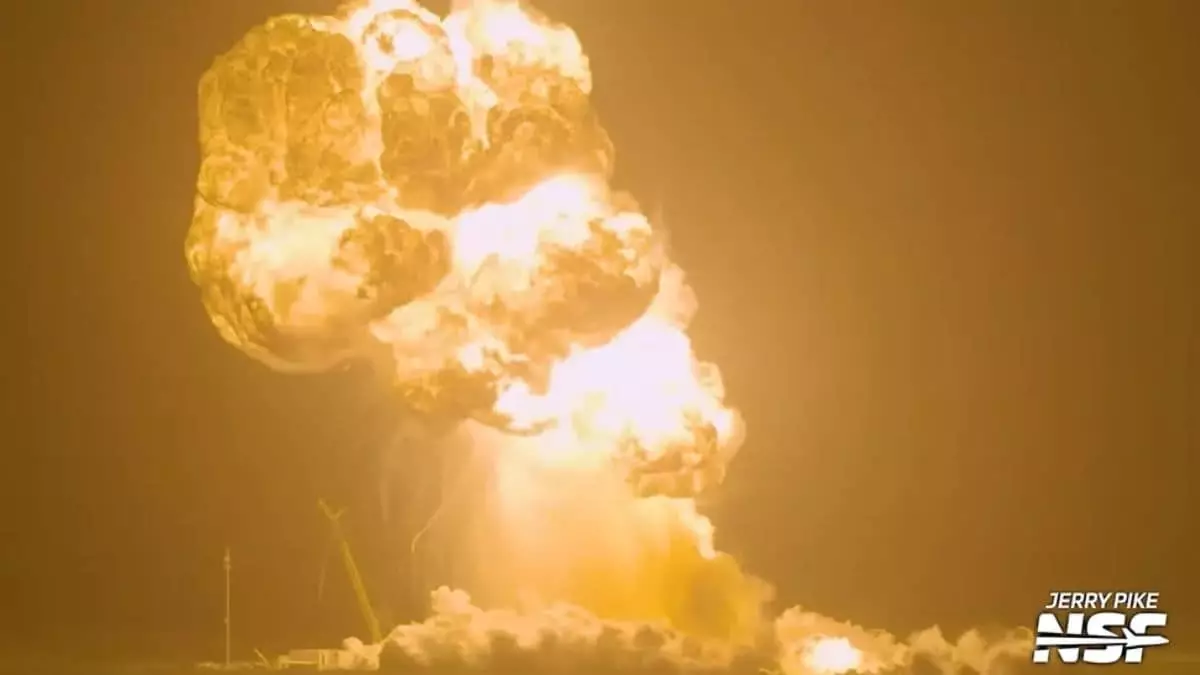Late Wednesday night, the dreams of interstellar exploration met with a harsh reality at SpaceX’s Starbase facility in Texas. An explosion tore through the grounds as the highly anticipated Starship rocket exploded during what was supposed to be a routine static fire test. This startling event unfolded around 11:00 PM local time, creating a significant fireball that illuminated the night sky. Fortunately, immediate reports indicated there were no casualties; however, the destruction of the rocket and damage to nearby infrastructure raise serious questions about the safety measures in place for what is heralded as humanity’s next giant leap into space.
The Risks of Aggressive Innovation
Elon Musk’s mantra of “test aggressively and iterate quickly” has given birth to remarkable advancements in space travel. Still, the repeated failures of the Starship program—most notably the destruction of a prototype over the Indian Ocean a few months back—provoke concerns over whether this approach has risks that outweigh its potential benefits. Though Musk dismissed the explosion as merely a “scratch,” the repeated setbacks beg the question: how much longer can SpaceX maintain this relentless pace without jeopardizing safety standards and public trust? While bold ambition has propelled innovation, it can also usher in recklessness if not tempered with caution.
Missing the Mark on Regulations
The incident also highlights the troubling relationship between SpaceX and regulatory bodies like the Federal Aviation Administration (FAA). Although the FAA recently sanctioned the company’s plan for 25 launches per year, environmental concerns expressed by conservation groups appear to have been unfortunately sidelined. As SpaceX marches forward with its aggressive launch schedule, one must ponder whether the promise of Mars colonization is worth compromising on ecological integrity and safety. The rapid pace of development, while exhilarating, could easily lead to tragedies that might have been prevented with more rigorous oversight.
NASA’s Complicity in SpaceX Ventures
Uneasily, one has to consider NASA’s role in all of this. The space agency continues to endorse Musk’s ventures, including the Starship program, which is envisioned as a key player in deep-space transportation for future missions. While collaboration with private companies is crucial for advancing space exploration, has NASA turned a blind eye to the potential repercussions of such partnerships? By linking its aspirations to a program marred with setbacks, the agency risks its own credibility. The promise of human settlement on Mars must not overshadow the need for accountability and transparency when it comes to safety.
The Challenge Ahead
This latest episode serves as a striking reminder that the road to Mars is fraught with unpredictable hazards. While the audacity of Musk’s vision may dazzle many, it comes with serious consequences that must be reckoned with. Moving forward, it’s imperative for SpaceX and its collaborators to recalibrate their approach, aligning their remarkable ambitions with an unwavering commitment to human safety and environmental stewardship. The era of space exploration ought to dazzle not just with promises of the future, but with a solid foundation built on the lessons of the past.


Leave a Reply